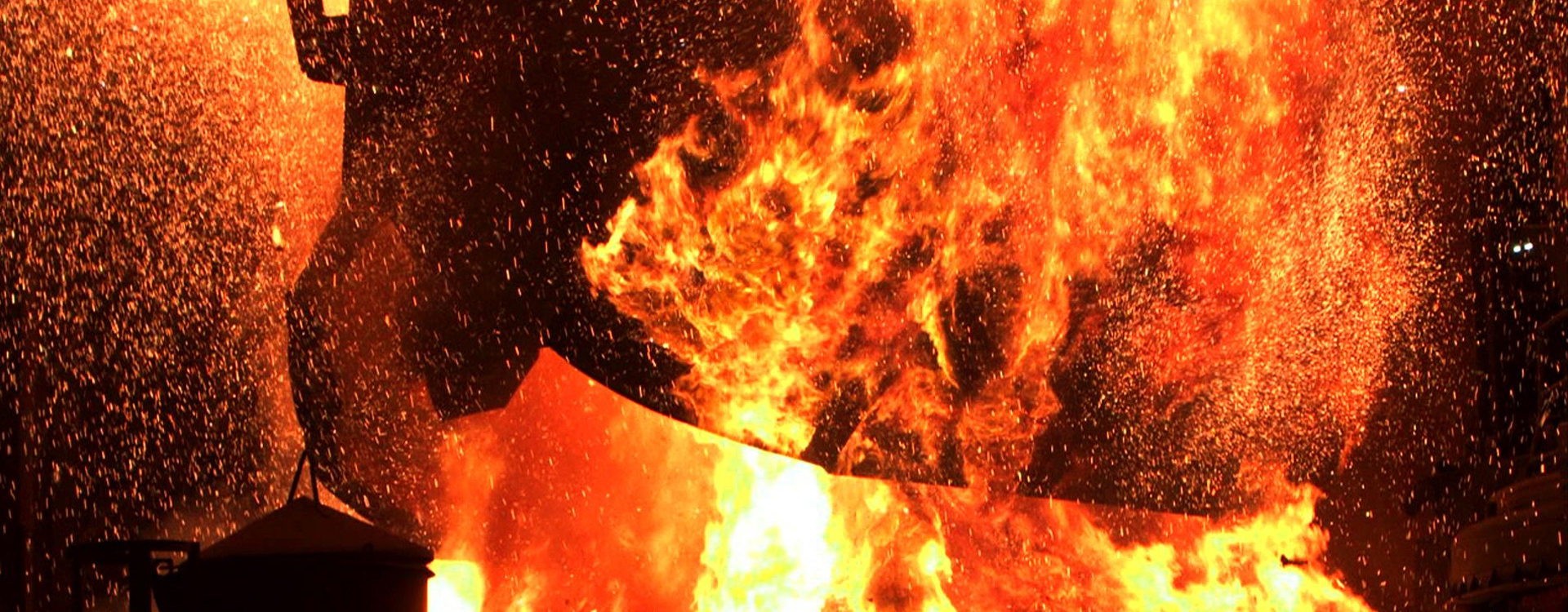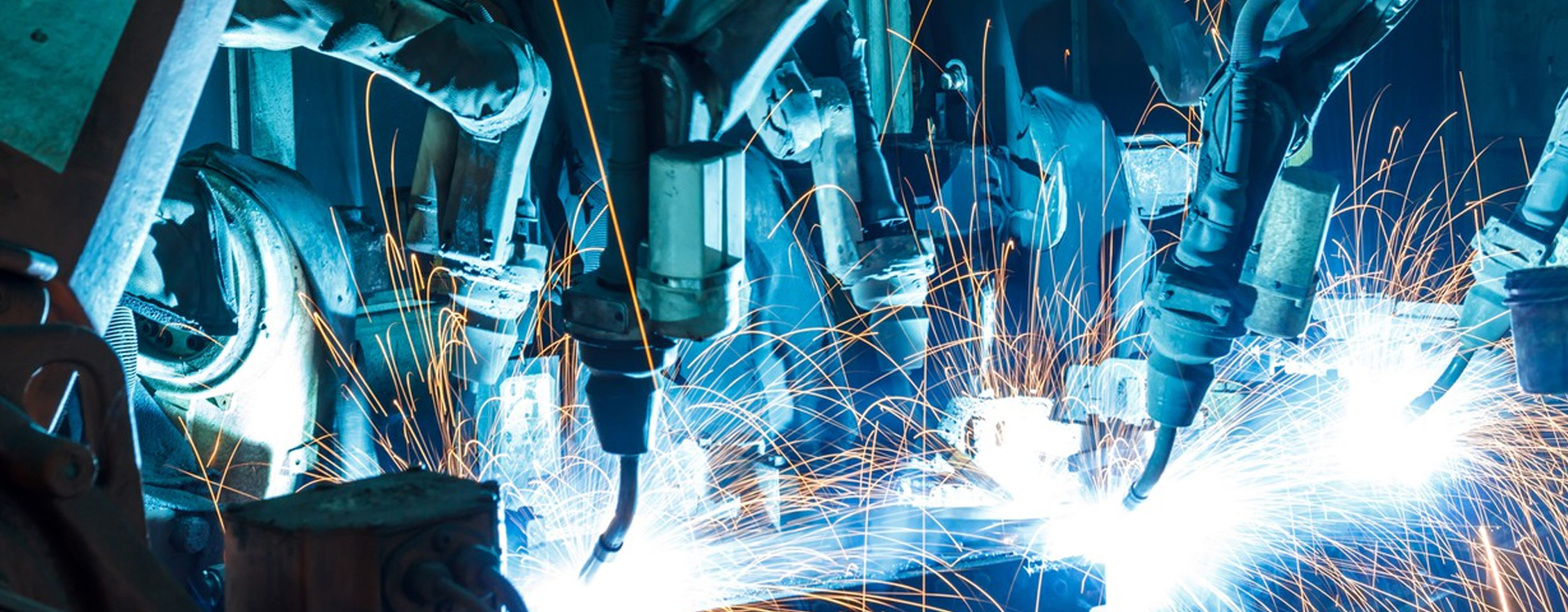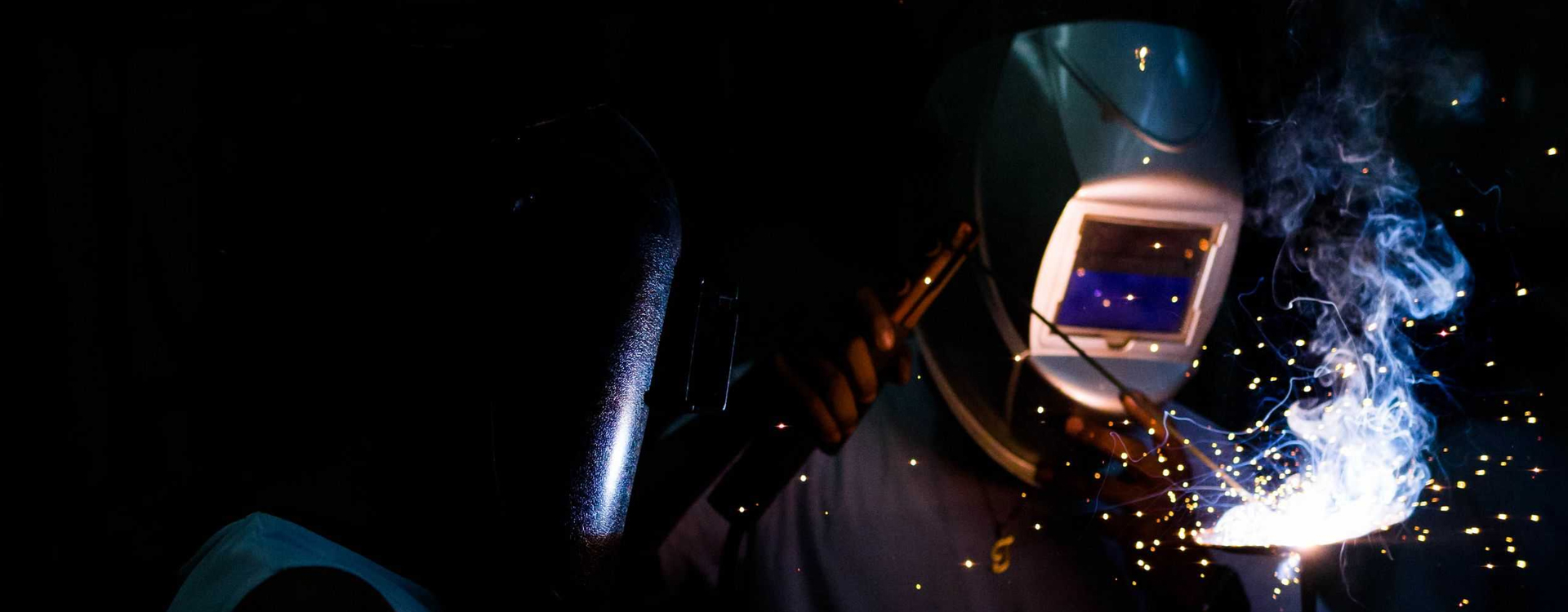Seminar Details
This investigation was aimed at studying the role of ultrasonic shot peening (USP) and laser shock peening (LSP) on ratcheting fatigue and electrochemical behavior of ASTM A 588 Grade D high strength low alloy (HSLA) steel. For this, different sets of samples and ratcheting
fatigue specimens were treated under USP and LSP. Both unpeened and peened specimens were tested for ratcheting fatigue. All ratcheting fatigue tests were done using a dynamic (±100 KN) servo-hydraulic universal testing machine at room temperature. A set of peened samples
was used to study the surface and bulk property variations as well as electrochemical behaviors in a 3.5% NaCl solution. Surface mechanical properties such as surface roughness, microhardness, and residual stress were studied in detail microstructure, macro, and microtexture were studied using optical and SEM, as well as XRD, and electron back-scattered diffraction (EBSD) measurement, respectively. The corroded surfaces (both unpeened and peened) were characterized using scanning electron microscopy and Raman spectroscopy to understand the nature of the passive film formation and its stability. Finally, the mechanism of ratcheting deformation with respect to the evolution of internal stresses, namely effective stress (&sigmaef) and backstress (&sigmab), was examined. The development of such stresses is supported by the generation of dislocations during asymmetric cyclic loading, which is determined by the XRD technique, and transmission electron microscope image analysis. The results indicate that LSP greatly enhanced surface mechanical characteristics with minimum degradation of the surface roughness as compared to USP. LSP reduced ratcheting strain accumulation and in turn, improved fatigue lives &ndash about twice as compared to that in unpeened specimens. On the contrary ultrasonically shot peened specimens produced quick strain accumulation with substantially reduced ratcheting lives it might have happened due to increased roughness and lower compressive residual stress (CRS). The corrosion investigations showed that the corrosion resistance of the LSPed samples improved by approximately four times, while that of the USPed samples' improved twice as compared to the unpeened sample. These findings suggest that the corrosion behavior was altered by the combined impacts of peening-induced surface roughness, gradient CRS, dislocation density, and refined or distorted microstructure.



